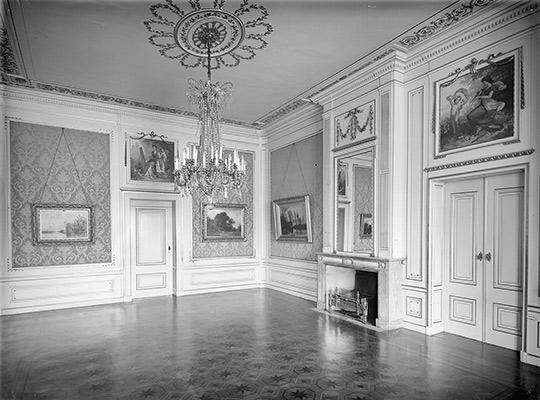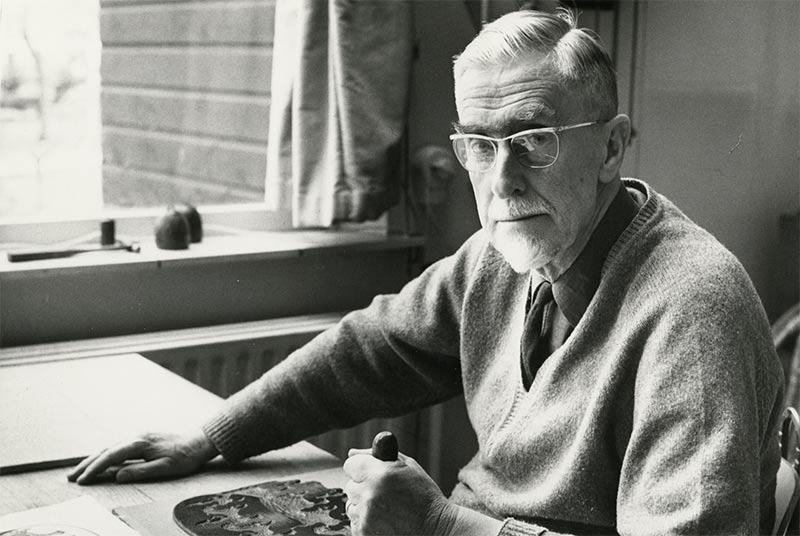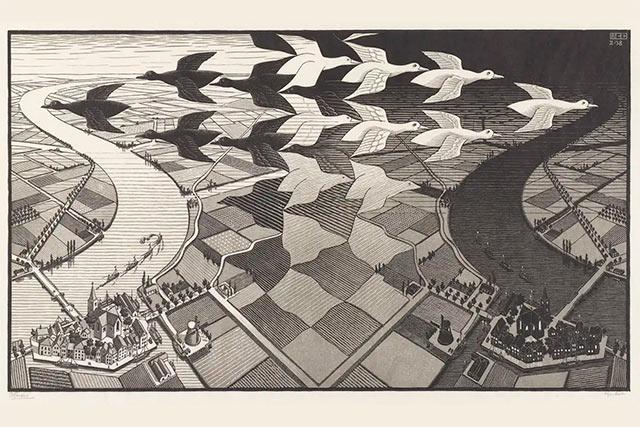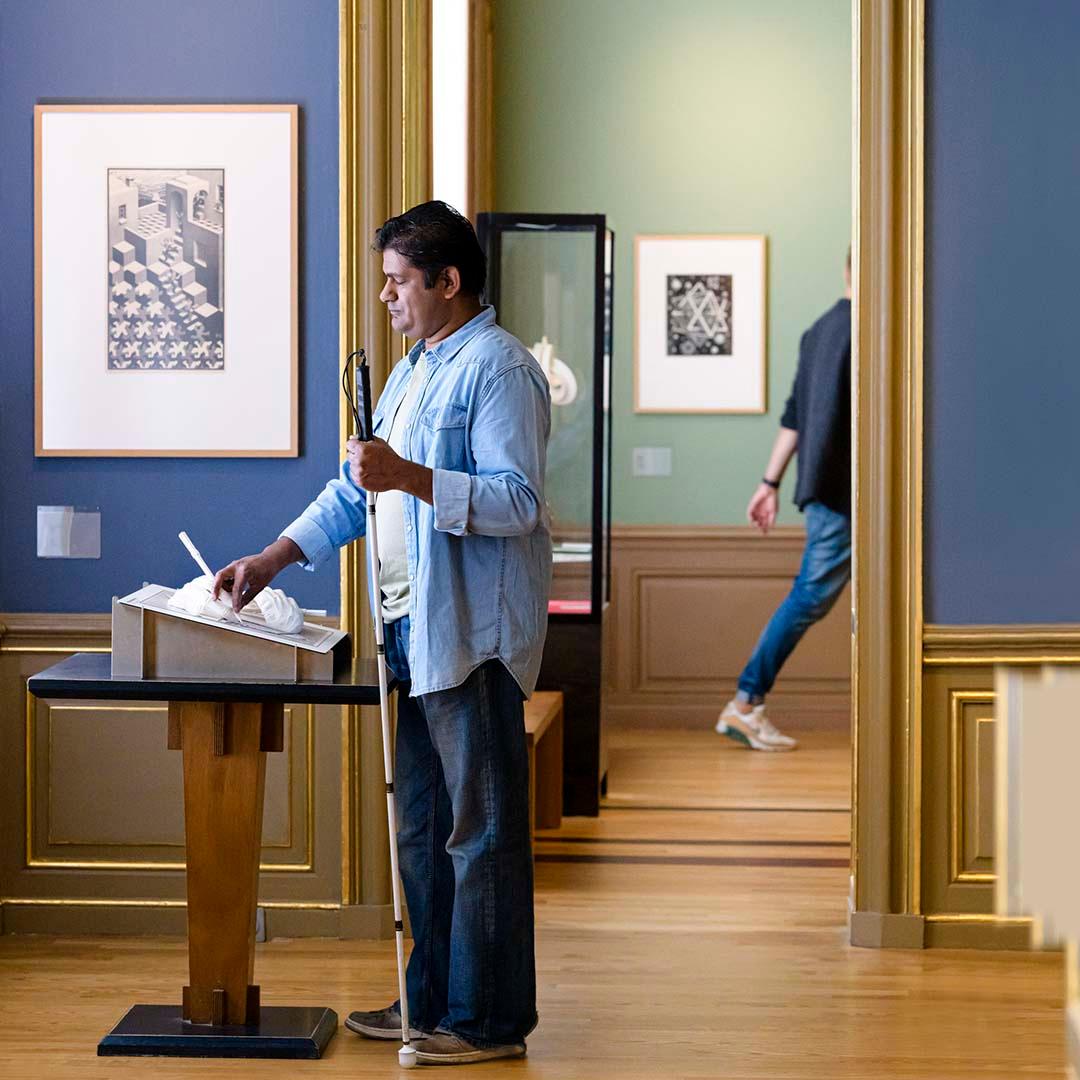Opening hours
Tuesday to Sunday: 11.00 – 17.00
The cash register closes at 16:30, the museum shop closes at 16:50
We use cookies and similar technologies on this website to analyze visits and to show you relevant messages on social media. By clicking 'Accept all' you give permission for their placement and for the processing of personal data obtained in this way, as stated in our privacy & cookie statement.
Our privacy & cookie statement:
Below you can choose which types of cookies you allow on the Escher in The Palace website.
Escher in The Palace always displays the most famous works and a selection of ever-changing prints and tessellations from the oeuvre of Maurits C. Escher (1898-1972). The master of the metamorphosis, the king of illusion and a magician on paper. In addition, the beautiful work of graphic artist Anne Desmet will also be on display until 15 March 2026. Like Escher, she excels in transformations and metamorphoses. These magnificent prints are being exhibited in a regal setting: the former winter palace of Queen Emma, the Queen Mother.

The latest Escher Today
20 December 2025
A special parquet floor has always been in the Ballroom of Lange Voorhout Palace. However, it was not always the one that is currently laid there, designed by American minimalist artist Donald Judd (1928-1994).

About Escher
Escher was a printmaker, but what exactly is that? Read the pages below to find out more about the techniques he used: woodcut, wood engraving, linocut, lithography, etching and mezzotint. Each of them has its own particular qualities, so the prints made using these techniques differ in terms of their complexity and visual character.

Escher in The Palace offers visitors two free audio guides. These can be listened to using the Bloomberg Connects app.
Our audio tours cannot only be listened to in the museum. With Bloomberg Connects you always have Escher in The Palace, and countless other museums, close at hand. Enjoy art whenever you want.

14 March 2026 | 09:30 - 11:00
Several times a year, Escher in The Palace organises special guided tours for those who are blind or visually impaired. Before regular opening hours, between 09.30 and 11.00, we open our doors and take you on a tour of a number of masterpieces from the museum’s permanent exhibition.

Wednesdays during school holidays
M.C. Escher was fascinated, maybe even obsessed, by tessellations. He could puzzle for hours, days and months on the many ways a plane could be filled with repetitive figures. Would you like to try this yourself? On Wednesdays during school holidays, we organise a special workshop in which you can make your own tessellation!